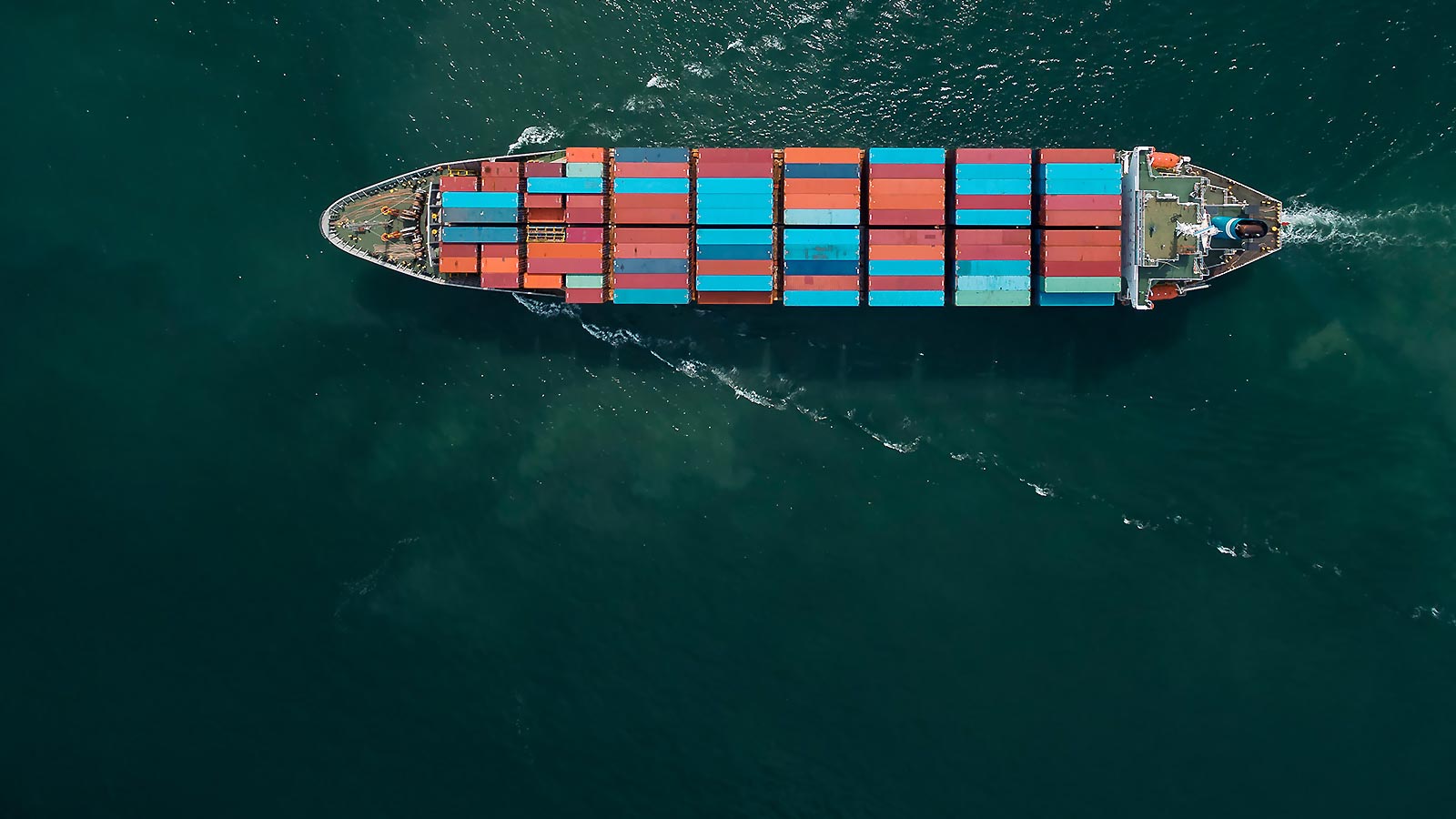Additional Duties on Mexico, Canada, and China
On February 1, 2025, President Trump signed three executive orders[1] announcing the introduction of an additional 25% tariff on imports of products originating from Mexico and Canada (10% on strategic energy products), as well as an additional 10% tariff on imports of products originating from China.
The measures targeting China came into effect as planned on February 4. Additionally, under a new executive order dated March 3, the United States announced a further 10% increase. As a result, since March 4, 2025, Chinese products have been subject to a total of 20% in additional duties.[2]
Consequently, products of Chinese and Hong Kong origin are not only subject to additional duties but are also excluded from duty drawback[3], in accordance with a note issued by U.S. Customs and Border Protection (CBP).[4] It is worth noting that the planned exclusion from de minimis[5] has been suspended until further notice, given the processing difficulties and congestion this measure could immediately cause at U.S. Customs.[6]
In response, China initially imposed an additional 15% tariff on U.S. coal and liquefied natural gas and an additional 10% tariff on U.S. crude oil, agricultural machinery, large-engine vehicles, and pickup trucks in February.[7] Following the U.S. escalation in March, China swiftly retaliated with countermeasures of 10% and 15% against a list of U.S. agricultural and food products, effective March 10.[8]
On March 4, additional duties of 25% came into force against Mexican and Canadian products [9] [10]. In response, Canada imposed additional 25% tariffs on U.S. products on the same date.[11] The measures against these neighbouring countries were mitigated by two executive orders published on March 6, 2025 [12]. Since March 7, and until April 2, products qualifying as originating under the provisions of the US-Mexico-Canada Free Trade Agreement (USMCA) are exempt from these additional duties on imports into the United States.
Additional Duties on Steel and Aluminum
As an extension of these actions, on February 10, President Trump signed an executive order imposing an additional 25% tariff on imports of steel and aluminum from a long list of countries, notably targeting the European Union, effective since March 12, 2025.[13]
According to this executive order, all existing exemptions and arrangements with the EU ended on this date. Previously, additional tariffs of 25% and 10% on specific steel and aluminum products had been imposed in 2018.[14] These duties were extended to certain derivative products in 2020.[15] However, several countries had negotiated alternatives to these duties with President Biden’s administration. The European Union had negotiated the introduction of tariff rate quotas for steel and aluminum imports under an agreement reached on October 31, 2021,[16] and had suspended reciprocal measures initially put in place.[17] The two proclamations issued on February 10, 2025, terminate these arrangements, reinstating U.S. tariffs.
In response to the entry into force of the US measures, the EU Commission announced, on March 12, 2025, countermeasures in two stages [18]. Firstly, from April 1, the countermeasures targeting US products in 2018 and 2020 will be automatically reinstated. For the first time, these measures will be implemented in their entirety on a wide range of products of American origin (steel and aluminium products, spirits, textiles, glass products, jewellery, miscellaneous machinery, vehicles, boats, etc.) Secondly, a new package of additional measures will be launched on April 13, following a consultative process with stakeholders[19]. Within this consultation process, a very long list of products likely to be targeted by these additional measures has been published[20]. Operators affected by these measures are invited to submit their input by March 26, 2025[21].
Ongoing Review of Trade Protection Measures and Future Actions
On the day of his inauguration, President Trump issued a presidential memorandum titled America First Trade Policy, outlining the immediate trade priorities of his administration. The memorandum instructs various federal agencies and the Office of the U.S. Trade Representative (USTR) to review and identify any unfair trade practices by other countries and to submit reports to the President by no later than April 1, 2025, with recommendations to address these practices.[22]
To this end, on February 13, 2025, President Trump signed another presidential memorandum ordering the development of a comprehensive plan aimed at restoring fairness in U.S. trade relations.[23] According to President Trump, this Fair and Reciprocal Plan on Trade will address the lack of reciprocity contributing to the United States’ significant and persistent annual trade deficit. Its objective is to establish reciprocal tariffs. The European Commission responded by stating that “the EU will react firmly and immediately against any unjustified barriers to free and fair trade.”[24] It also published a Q&A document regarding the U.S. reciprocal trade policy but has not yet announced any countermeasures.[25]
As part of this approach, on February 26, President Trump announced the United States’ intention to extend 25% tariffs to products originating from the European Union.[26]
How to Anticipate the Impact of These Measures on Business?
The evolving landscape of international trade and the rapid changes in applicable customs regulations are likely to have a significant impact on businesses, requiring them to remain vigilant and responsive.
It is therefore crucial for companies to review their supply chains and sales operations to anticipate the potential consequences of these measures and any forthcoming developments on both sides of the Atlantic. Priority should be given to exploring alternative strategies to mitigate the impact of these new tariffs.
Sources
[1] Executive order, Imposing Duties To Address the Synthetic Opioid Supply Chain in the People's Republic of China, February 1, 2025 ; Executive order, Imposing Duties To Address the Situation at Our Southern Border, February 1, 2025 ; Executive order, Imposing Duties To Address the Flow of Illicit Drugs Across Our Northern Border, February 1, 2025
[3] Duty Drawback - is the refund of certain duties, taxes, and fees collected upon the importation of goods and refunded when the goods are exported or destroyed.
[5] De minimis - allows the informal entry of items with a retail value of $800 or less that are imported by a single person in one day. Furthermore, de minimis shipments are exempt from duties and taxes and are subject to an expedited customs clearance process based on a simplified declaration.
[11] Customs Notice 25-10: United States Surtax Order (2025-1)
[12] Amendment to Duties to Address the Flow of Illicit Drugs across our Northern Border, March 6, 2025
[13] Presidential Action, Adjusting imports of steel into the United States, February 10, 2025
[14] Executive order, Adjusting Imports of Aluminum Into the United States, 8 M
[16] Joint EU-US Statement on a Global Arrangement on Sustainable Steel and Aluminum, October 31, 2021
[20] List of products which could be subject to possible commercial policy measures, March 12, 2025
[22] Memorandum “America First Trade Policy”, January 20, 2025
[24] European Commission, Statement on the US reciprocal tariff policy, February 14, 2025
[25] European Commission, Questions and Answers on the US reciprocal tariff policy, February 18, 2018
[26] Remarks by President Trump before Cabinet meeting, February 26, 2025
Une question ? Une demande ?
Inscrivez-vous à nos eAlertes
Actualités juridiques et fiscales
Contactez-nous









